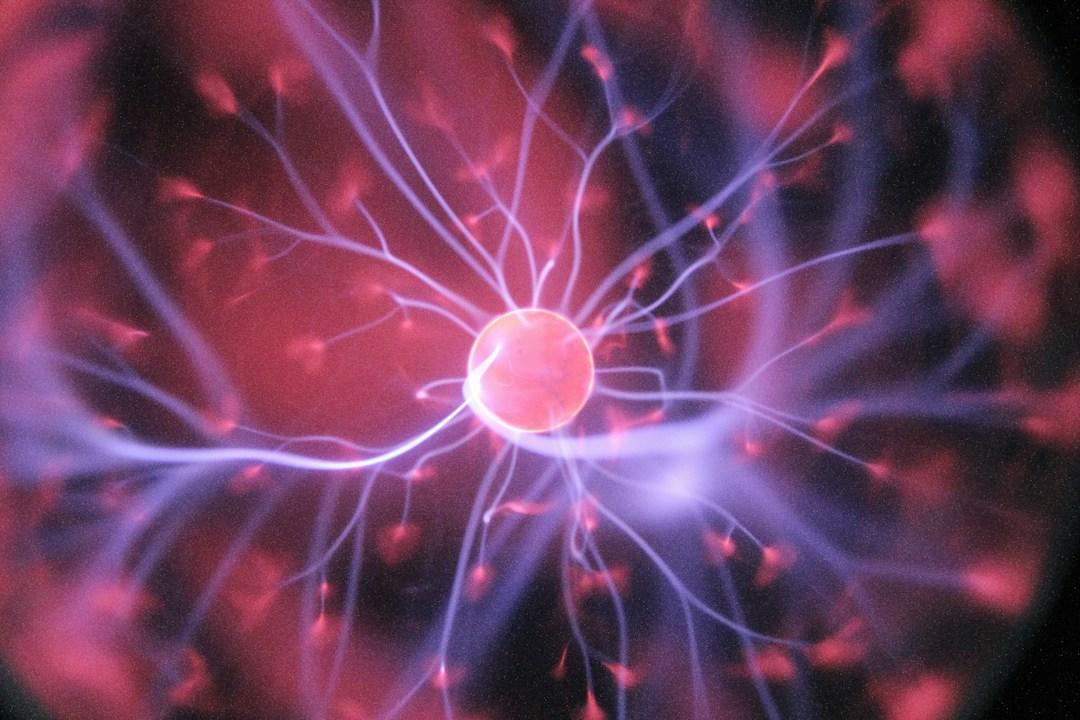Understanding NAD+ The Science Behind This Critical Coenzyme

What is NAD+? In the realm of molecular biology and health, NAD+ (Nicotinamide adenine dinucleotide) has emerged as a critical coenzyme that plays a pivotal role in the metabolic processes that sustain life. This molecule, found in all living cells, is essential for energy production, DNA repair, and cell signaling. Understanding NAD+ and its function provides valuable insights into how our bodies operate at the microscopic level and opens new avenues for promoting health and longevity. As research continues to unfold, the importance of maintaining NAD+ levels within the body has become a focal point for developing therapeutic strategies against aging and various diseases.
The Role of NAD+ in Cellular Metabolism
NAD+ serves as a key player in cellular metabolism, particularly in the process of converting nutrients into energy. Within the mitochondria, the powerhouse of the cell, NAD+ is involved in redox reactions, accepting electrons from food molecules and transferring them to the electron transport chain. This transfer is crucial for the production of ATP, the energy currency of the cell. Without sufficient NAD+, the efficiency of this energy production process diminishes, leading to reduced cellular vitality and function.
Explore : How to Fix Metabolic Adaptation? A Scientific Approach
Moreover, NAD+ is indispensable in the metabolic pathways beyond energy production. It acts as a substrate for several enzymes, including sirtuins, which regulate cellular health and aging. Sirtuins use NAD+ to remove acetyl groups from proteins, a process that influences gene expression, DNA repair, and stress response. The availability of NAD+ directly impacts the activity of sirtuins, linking the coenzyme to the regulation of lifespan and protection against age-related decline.
NAD+ and DNA Repair
DNA repair is another critical area where NAD+ exerts significant influence. The maintenance of genomic integrity is vital for preventing mutations that can lead to cancer and other genetic diseases. PARP (Poly ADP-ribose polymerase) enzymes, which play a key role in repairing DNA damage, are heavily dependent on NAD+ as a substrate. When DNA damage occurs, PARPs use NAD+ to add ADP-ribose units to themselves and other proteins, initiating the repair process. High levels of DNA damage can deplete cellular NAD+ levels, highlighting the importance of maintaining adequate NAD+ for cellular repair mechanisms.
The relationship between NAD+ and DNA repair underscores the coenzyme’s role in longevity and disease prevention. As organisms age, DNA damage accumulates, and the capacity for repair diminishes, partly due to declining NAD+ levels. By supporting DNA repair pathways, NAD+ helps mitigate the effects of aging and protects against diseases associated with genomic instability. This has spurred interest in NAD+ boosting strategies as potential interventions for improving healthspan and lifespan.
Declining NAD+ Levels with Age
One of the most significant challenges to maintaining cellular health over time is the natural decline in NAD+ levels as organisms age. This decline is attributed to various factors, including increased consumption by PARP enzymes in response to DNA damage, activation of CD38 (an enzyme that degrades NAD+), and decreased efficiency of the pathways that synthesize NAD+ from precursors. The reduction in NAD+ availability affects cellular metabolism, reduces the capacity for DNA repair, and diminishes the activity of sirtuins, contributing to the aging process and the development of age-related diseases.
Efforts to counteract the decline in NAD+ levels have led to research on dietary supplements like nicotinamide riboside (NR) and nicotinamide mononucleotide (NMN), precursors that can be converted into NAD+ within the body. These supplements aim to boost NAD+ levels, potentially reversing some age-associated declines in cellular function. Clinical trials are underway to evaluate their efficacy in humans, offering hope for interventions that could enhance healthspan and prevent disease.
Future Directions in NAD+ Research

As our understanding of NAD+ continues to grow, so does the potential for developing therapeutic strategies that leverage this knowledge. Future research is poised to explore the full spectrum of NAD+’s roles within the body, including its impact on immune function, metabolism, and neurological health. Discoveries in this area could lead to breakthroughs in treating a wide range of conditions, from metabolic disorders to neurodegenerative diseases and beyond.
Concluding Thoughts on NAD+ and Its Importance
NAD+ stands at the crossroads of metabolism, aging, and disease, embodying a fundamental aspect of cellular life. Its role in energy production, DNA repair, and cell signaling highlights the complexity and interconnectivity of biological systems. As we continue to unravel the mysteries of NAD+ and its functions, the potential for improving human health and longevity becomes increasingly apparent. By focusing on ways to maintain and enhance NAD+ levels, we open the door to novel therapeutic approaches that could transform our approach to aging and chronic disease, offering a brighter, healthier future for all.








Comments are closed.